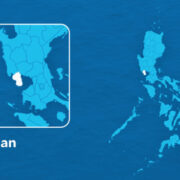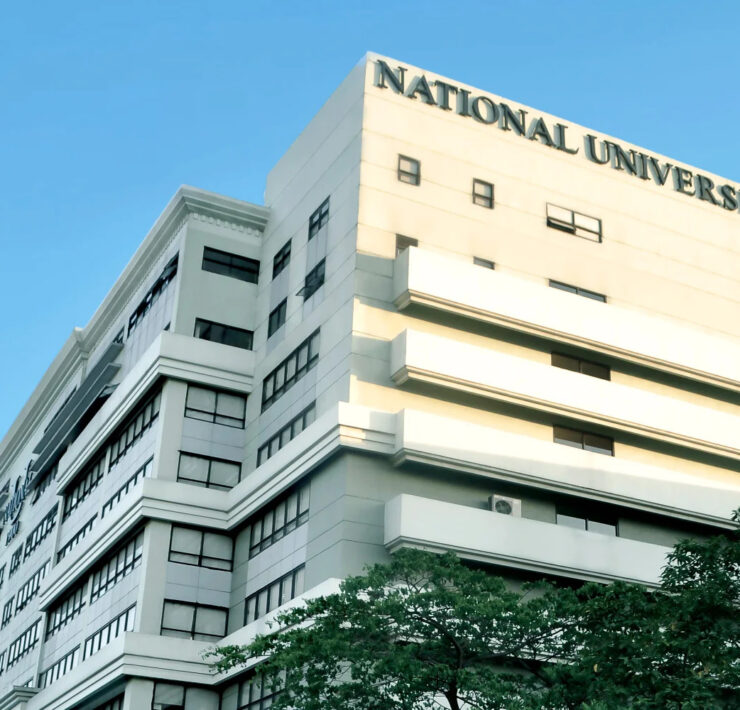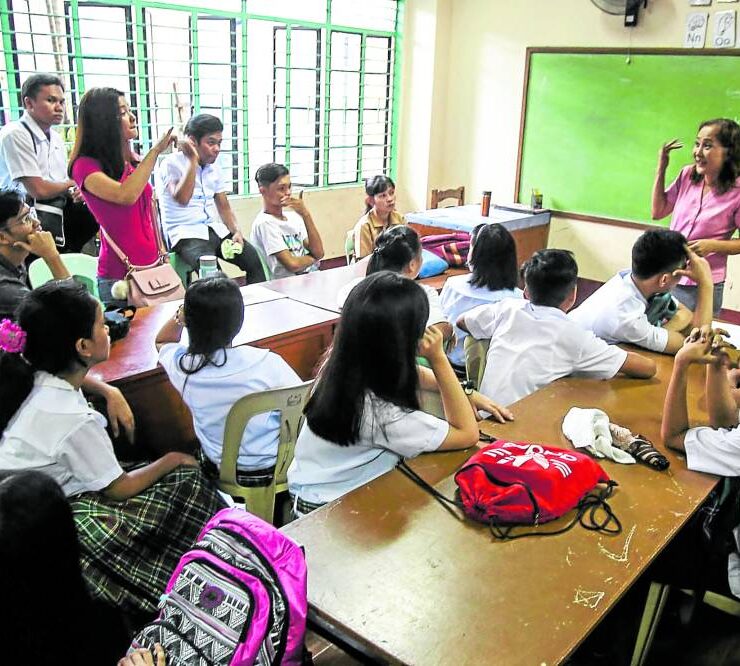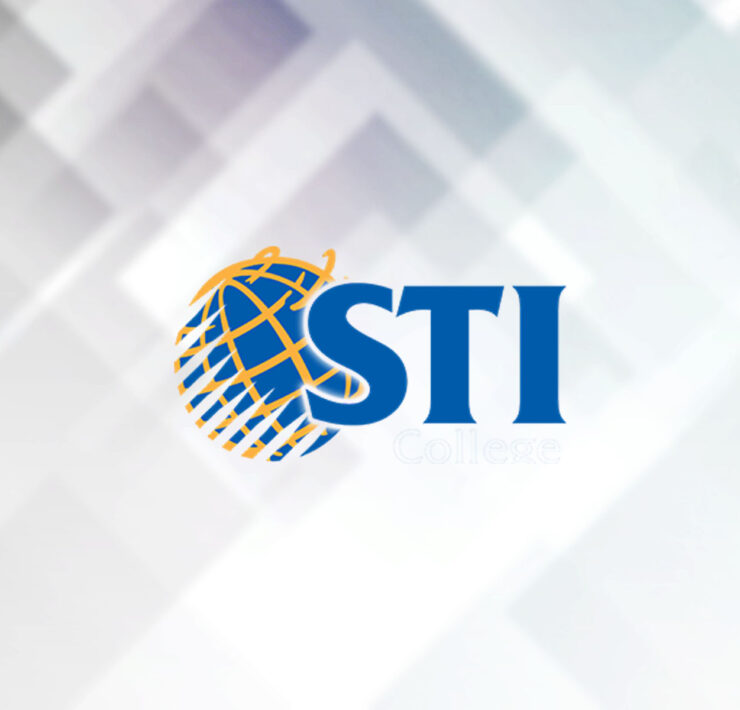Rethinking our ‘brand’ of education

In many middle-class Filipino homes, a framed diploma hangs proudly in the living room. It’s more than decoration, it’s a symbol of sacrifice, of years of silent struggles, anchored on a single belief: education is the path to a better life.
For many Filipino parents, sending a child to a quality school is not just a goal, it’s a life mission. Families budget tightly, delay wants, and trust that the education they’re paying for will prepare their child for success. Between 2019 and 2024, 18.9 million Filipinos graduated from high school functionally illiterate, unable to comprehend a simple story or solve basic problems (Philippine Statistics Authority). If education is the great equalizer, why are we failing to prepare them for real life?
Between 2019 and 2024, 18.9 million Filipinos graduated from high school functionally illiterate, unable to comprehend a simple story or solve basic problems (Philippine Statistics Authority). If education is the great equalizer, why are we failing to prepare them for real life?
This is the question we can no longer avoid.
Education, a trust transaction
In business, we measure return on investment. Parents do the same, emotionally and financially, when they choose a school. Every peso paid is not just for access; it’s a vote of trust.
My father, who passed away in 2013, taught me this through action. We were a middle-class family. When I was accepted into a reputable school, my father asked me to choose the more expensive option, even though four of us siblings were in college at the same time. Only years later did I learn that his extra weekend work supervising a hotel in Baguio had likely helped fund my education. He never mentioned it. He just made it work.
That kind of quiet sacrifice is not rare. It’s the invisible burden many Filipino parents carry, believing education will reward them.
The problem begins when schools fail to match that trust with consistent quality and accountability.
What schools promise versus what they deliver
Many schools advertise quality and excellence, but inside the classroom, the experience tells a different story.
- Subject misalignment: Some institutions assign teachers based on load availability, not expertise. A PE or physics teacher might end up teaching marketing, a subject that demands industry experience and insight.
- Low-quality learning materials: Instead of proper textbooks, students are often given modular handouts filled with copied quotations and disconnected exercises. These are not designed with pedagogy in mind; they’re designed for expediency and cost-cutting. To make matters worse, some schools prescribe textbooks, but tolerate, or benefit from, photocopied materials, knowing the photocopier is school-owned or tied to commercial interests.
- Foreign over local bias: Imported textbooks are chosen over well-researched Filipino-authored materials, not for quality but for perceived prestige. This subtle colonial mentality devalues local excellence.
- Fear of inquiry: Some teachers avoid open Q&A for fear of not having answers. But when students can’t question, they stop thinking critically, and the classroom becomes a passive, transactional space.
These are not universal problems, there are educators and institutions striving to do better, but these patterns remain too common to ignore.
These practices aren’t just inefficiencies. They are breaches of trust, because they affect the future of real families who are investing real resources in that education.
The modular shortcut
One trend that has grown quietly is the modular system. While it was useful during the pandemic, its continued use today raises concerns. Most modules in business are created by teachers without relevant work experience. The result? Quote-heavy, context-light worksheets that don’t build critical understanding.
The real issue: Why are these used instead of proper textbooks? Budget constraints often play a major role. In many cases, the cost of textbooks, no matter how cheap they are, competes with tuition fees or subsidies, making modules a more practical and affordable alternative.
But that’s not efficiency, it’s a compromise that shortchanges students, and ultimately, the parents who pay for their future.
Schools might argue this is a necessary adaptation due to budget constraints, and that’s a valid point, but transparency around such choices is key.
Can schools be transparent?
Subjects like entrepreneurship and marketing are best taught by people with real-world experience. Yet many schools assign whoever is available. This dilutes the integrity of the subject and the student’s preparation.
Here’s a challenge to schools: Will you disclose teacher qualifications to parents? Faculty profiles showing relevant experience and continuing education would show commitment to transparency and to quality.
Some schools may already do this, if so, they are setting the right example. But standardized, proactive disclosure should be the norm, not the exception.
The first-year exodus: Why are students leaving?
Across many private colleges, dropout rates between the first and second semester of freshman year remain alarmingly high. For some students, the issue isn’t just academic pressure; it’s disillusionment. They don’t feel the value of what their parents are paying for.
Schools proudly announce enrollment increases, but rarely discuss retention. If students are leaving early, that’s a red flag.
Will schools be honest about their retention rates? Will they share what’s being done to improve the experience and justify the investment parents make?
Because behind every dropout is a family asking, “Was it worth it?”
What are accrediting bodies doing?
Educational institutions don’t operate in isolation. Accrediting bodies, school associations and even government agencies are supposed to serve as quality control.
But we must ask: Are they ensuring learning outcomes, such as critical thinking, communication skills and creativity, or simply validating processes?
If a school earns high accreditation despite poor student performance or outdated teaching methods, what message does that send? Accreditation should reflect academic rigor and student impact, not just paperwork completion.
Gatekeepers need to go beyond checking boxes for compliance and start demanding real results. Of course, accrediting bodies face their own constraints, but outcome-based standards and public transparency could shift the entire landscape for the better.
Imagine if school accreditation were based on outcomes that truly reflect student success, and those results were published as public records for everyone to see.
Radical transparency: The call every school should answer
If schools are to be worthy of the trust parents place in them, they must embrace radical transparency on their value proposition, not just on tuition costs, but teacher qualifications and assignments; curriculum design and textbook selection; learning outcomes and student feedback; first-year retention; and long-term graduation rates.
This isn’t about shaming, it’s about creating a culture where excellence is visible and accountability is standard.
Transparency is not a threat. It’s a commitment to governance and improvement. It says: We value the sacrifices of families, and we will prove our worth.
Final word to school leaders and parents
Education is not just about grades or degrees. It’s about preparing young people to think, to adapt and to lead. That’s what parents are paying for. That’s what students deserve.
Let’s shift the conversation from enrollment numbers to transformation metrics. Let’s measure value not by how many pass, but by how many thrive. Let’s challenge every school and every stakeholder to rise to the level of the dreams placed in their care.
Because in every Filipino living room where a diploma is framed, behind it are years of hope, hustle and trust.
And trust, once broken, is the hardest thing to earn back.
Josiah Go is chair and chief innovation strategist of Mansmith and Fielders Inc. He is also cofounder of the Mansmith Innovation Awards. To ask Mansmith Innovation team to help challenge assumptions in your industries, email info@mansmith.net.





















